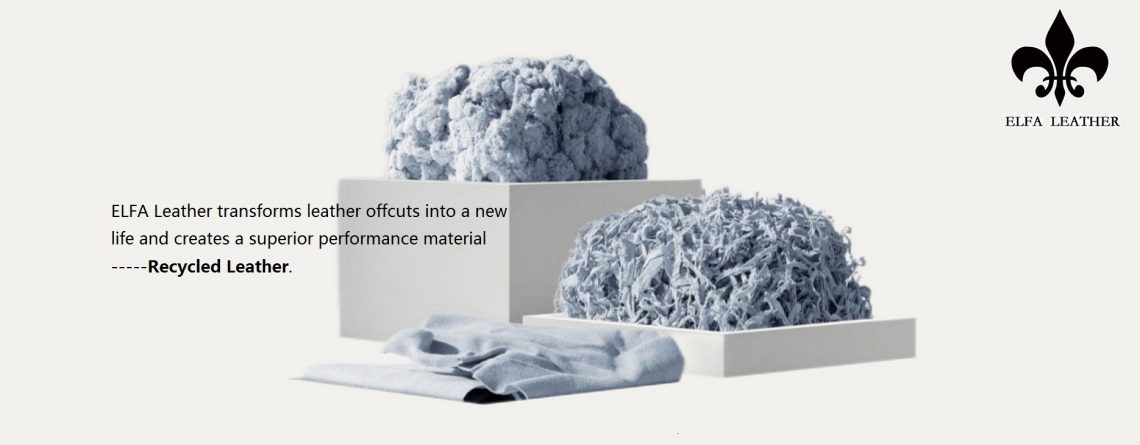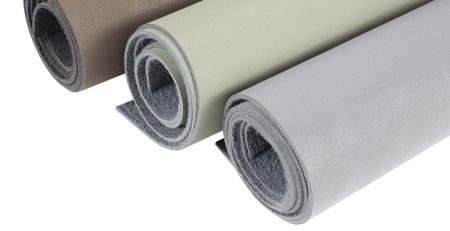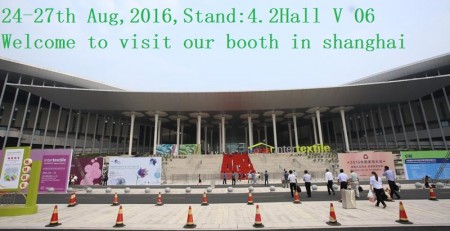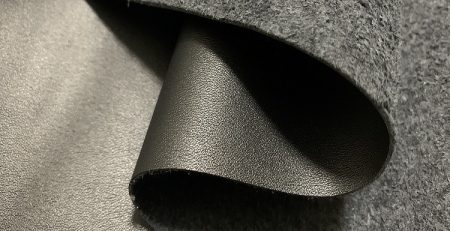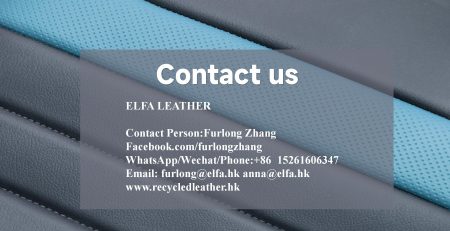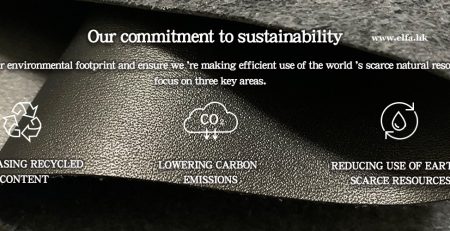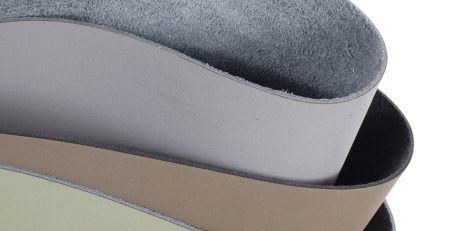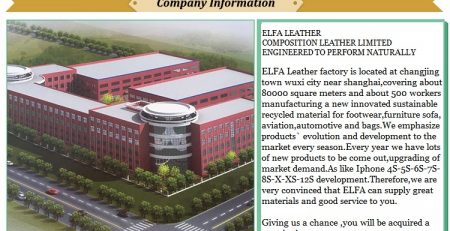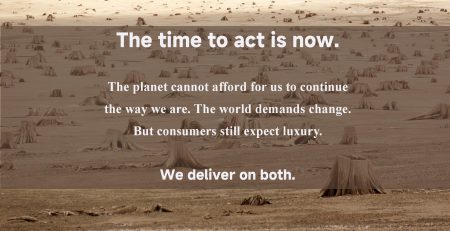Why recycled leather is the alternative to leather?
Introduction:
Recycled leather, also known as eco-leather or sustainable recycled leather,is a type of leather made from recycled materials, such as old clothes, plastic, and scrap leather. It has gained significant attention in recent years due to its eco-friendly properties and cost-effectiveness. This article will provide an introduction to recycled leather, its performance, hydroentanglement production way, and market direction.
Performance:
Recycled leather is an excellent alternative to traditional leather due to its numerous benefits. It is more durable and resistant to wear and tear than regular leather, making it suitable for long-lasting use in various applications. Recycled leather also has a better grip, making it slip-resistant in wet conditions. Additionally, it is easier to maintain and clean compared to regular leather. Furthermore, recycled leather is cost-effective, as it uses recycled materials, making it a more sustainable and environmentally-friendly option.
Hydroentanglement Production Way:
Hydroentanglement is a process used to produce recycled leather. It involves entangling fibres with water jets to create a soft and flexible material. The process starts with collecting and sorting recycled materials, such as old clothes and scrap leather. These materials are then shredded and mixed with water and chemicals to create a slurry. The slurry is then forced through hydroentanglement machines, where water jets create a web of fibres, resulting in a soft and flexible material that resembles leather. Finally, the material is dried, dyed, and finished to achieve the desired appearance and texture.
Market Direction:
The market for recycled leather is growing rapidly due to increasing consumer awareness of environmental issues and the desire for sustainable products. The demand for eco-friendly and sustainable products is driving the growth of the recycled leather market, particularly in the fashion industry, where it is used in clothing, shoes, and accessories. Additionally, the automotive industry and the furniture industry are also adopting recycled leather due to its durability and cost-effectiveness. As the demand for recycled leather continues to grow, the market is expected to expand further in the coming years.
Conclusion:
Recycled leather is an eco-friendly and cost-effective alternative to traditional leather that offers numerous benefits, such as durability, resistance to wear and tear, and slip-resistance. The hydroentanglement production way creates a soft and flexible material that resembles leather. The market for recycled leather is growing rapidly due to increasing consumer awareness of environmental issues and the desire for sustainable products. As the demand for recycled leather continues to grow, it is expected to become a more common material in various industries.

